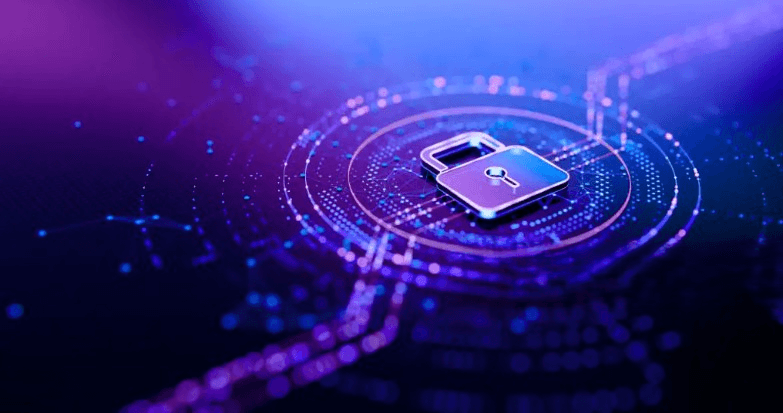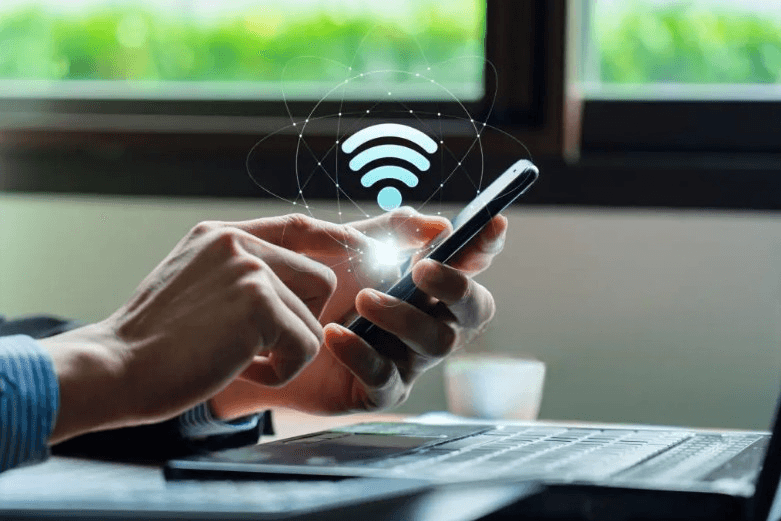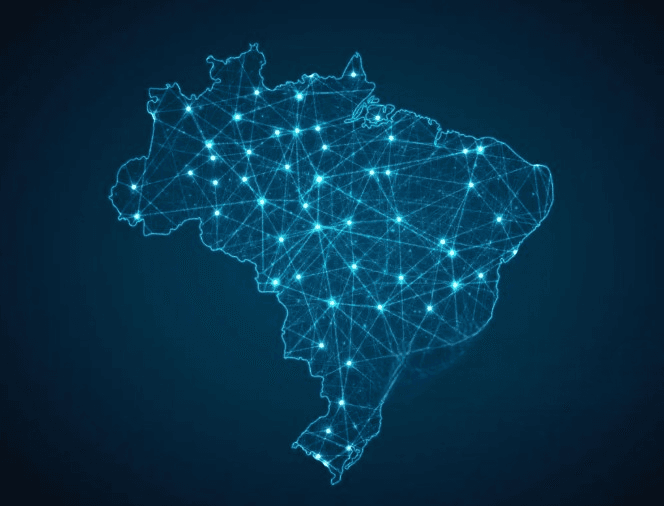Understanding the Connectivity Landscape in Brazil
Brazil, the largest country in South America, boasts a diverse connectivity landscape that reflects its vast geographical and demographic complexities. Internet connectivity in Brazil is primarily delivered through Wi-Fi networks and mobile broadband, with varying penetration rates across urban and rural areas. Recent studies indicate that approximately 70% of Brazilian households have access to the internet, while mobile connectivity reaches even higher, with over 90% of the population owning mobile devices.
In terms of internet connections, Brazil has made significant advancements in infrastructure. Fiber-optic technology has gained traction in major cities, offering high-speed options that cater primarily to urban residents. Providers such as Vivo, Claro, and Oi are at the forefront of the fiber expansion, striving to meet the growing demand for fast internet services. Additionally, 4G LTE networks have been deployed extensively, providing reliable mobile data to users while improving service quality in densely populated areas.

However, the quality and availability of service can vary considerably between rural and urban environments. In metropolitan regions like São Paulo and Rio de Janeiro, internet speed and accessibility are relatively high, with numerous ISPs competing to offer better services. Conversely, in remote areas, residents may face challenges with connectivity due to limited infrastructure. Here, 3G networks might still be the norm, leading to slower internet speeds and restricted data availability.
As travelers prepare to navigate the Brazilian landscape, understanding these connectivity nuances is essential. While urban centers provide robust Wi-Fi options, rural areas may require alternative solutions like local SIM cards to ensure consistent access to the internet. Additionally, being aware of the leading service providers will help users make informed choices tailored to their connectivity needs while exploring the country.
Utilizing Wi-Fi in Brazil: Tips and Resources
In Brazil, accessing Wi-Fi can be relatively straightforward due to the plethora of locations that offer free or public connectivity. Common venues include cafes, libraries, airports, and hotels, where travelers can find reliable networks. Major cities like São Paulo, Rio de Janeiro, and Brasília have numerous establishments that provide guests with complimentary Wi-Fi, allowing visitors to stay connected without incurring additional charges. Popular international coffee chains and fast-food outlets are also known for their accessible and often robust Wi-Fi services.
However, while utilizing public Wi-Fi networks, it is essential to prioritize safety. Public connections can pose security risks, such as data breaches and cyberattacks. To safeguard personal information, it is advisable to employ a virtual private network (VPN) when connecting to public Wi-Fi. This steers your internet traffic through a secure tunnel, encrypting data and shielding it from potential threats. Additionally, avoid accessing sensitive information or performing financial transactions on unsecured networks, as this can expose private data to malicious actors.

For those who prefer a more reliable and secure connection, portable Wi-Fi devices, often referred to as MiFi devices, are available for rental or purchase. These compact routers allow users to connect multiple devices to a single mobile Wi-Fi network, ensuring consistent internet access during travel. Several local companies offer this service, providing various data plans tailored to the length of stay and data usage requirements. Furthermore, obtaining information about accessible Wi-Fi networks in advance can streamline your travel experience. Apps that map out Wi-Fi hotspots, such as WiFi Map and Wiman, can assist in locating nearby connections, ensuring travelers remain connected throughout their journey in Brazil.
Choosing the Right Local SIM Card
When traveling to Brazil, obtaining a local SIM card can significantly enhance your connectivity. The country boasts several major mobile network providers, including Vivo, Claro, TIM, and Oi, each offering a variety of options tailored to different user needs. Navigating the options may seem daunting, but understanding the purchasing process and available plans can simplify your decision.
Purchasing a local SIM card is straightforward. SIM cards can be acquired at international airports, mobile network provider stores, and authorized retailers. It is advisable to compare offerings from different providers, as prices and coverage may vary. Most providers will require some form of identification for the purchase, such as a passport or national ID, in compliance with Brazil’s telecommunications regulations.
Once you have chosen a provider, the activation process typically involves inserting the SIM card into your phone and following the instructions provided. Some providers may require you to activate the SIM online or through a call. Additionally, most plans are either prepaid or postpaid, with prepaid options being particularly popular among tourists due to their flexibility and no long-term commitments.

Each provider offers a variety of plans that typically include data bundles, talk time, and international calling options. It is crucial to evaluate your personal needs when selecting a plan. For instance, if you intend to use your phone primarily for navigation and social media, a data-focused plan may be appropriate. On the other hand, if you expect to make numerous calls within Brazil or internationally, choose a plan that provides sufficient talk time.
To maintain connectivity during your stay, it is prudent to monitor your data usage and consider topping up your plan if you are nearing your limit. Many providers offer user-friendly apps or website portals to manage your account efficiently. By selecting the right local SIM card, you ensure that staying connected in Brazil aligns seamlessly with your travel experience.
Navigating SIM Cards and Wi-Fi for International Travelers
As international travelers prepare for their journey to Brazil, understanding mobile connectivity options is crucial. One important consideration is the necessity of unlocking your phone prior to departure. Most phones are locked to specific carriers, which can limit your ability to use a local SIM card once in Brazil. It is advisable to contact your provider to inquire about unlocking options, as a compatible phone will allow you to seamlessly integrate into Brazilian networks.
Travelers can choose between two primary options for connectivity—local SIM cards or relying on their home networks. Local SIM cards offer a cost-effective solution to stay connected, often involving prepaid plans tailored to different needs such as data, calls, and texts. Although availability and coverage can vary depending on the provider and the region within Brazil, major carriers tend to offer service in urban areas and popular tourist destinations. Additionally, eSIM technology has emerged as an innovative alternative, allowing users to switch carriers or plans without needing a physical SIM card. This is particularly advantageous for frequent travelers who prefer flexibility.

Cost varies notably among local carriers, making it essential to compare available packages based on your usage requirements. Travelers should consider looking up plans that provide adequate data allowances, especially if they depend on internet access for navigation and communication. Furthermore, public Wi-Fi is often available in hotels, cafes, and public spaces. However, relying solely on Wi-Fi can lead to connectivity challenges, especially in remote areas or when using apps that require a constant internet connection.
In case of connectivity issues while using a local SIM card, simple troubleshooting steps can often resolve problems. Restarting the device, ensuring mobile data is enabled, and confirming that the local carrier’s network is selected can help. By evaluating these considerations, international travelers can ensure a smooth experience while navigating mobile connectivity in Brazil.





